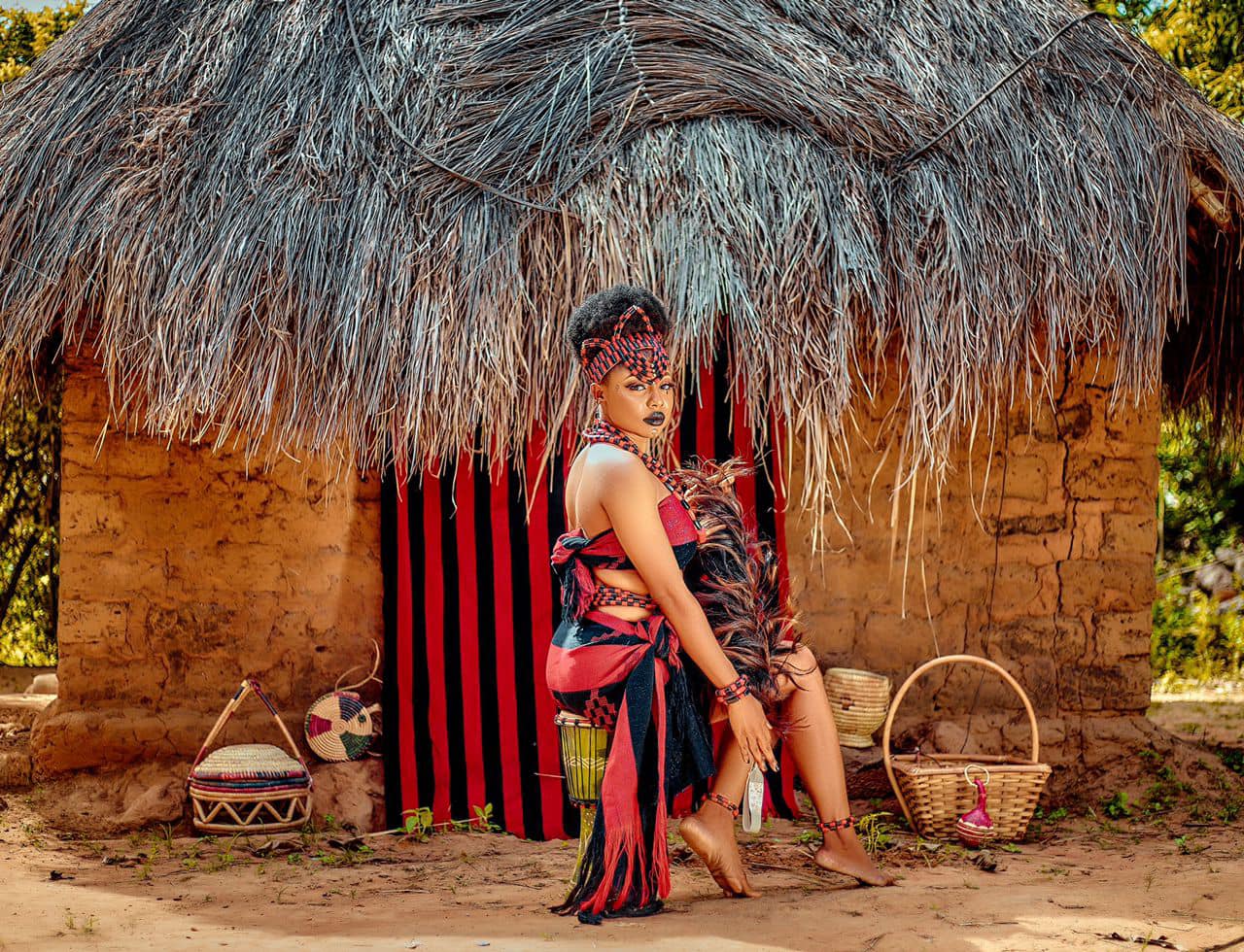idoma news
The beauty and significance of Idoma Red and Black cultural attire

Certain cultural elements such as food, clothing, and religious items often serve as distinctive emblems of specific races and ethnic groups, carrying with them a rich history and symbolism. Just as the Kimono signifies Japan or the Kente cloth represents Ghana, the Idoma ethnic group of Benue State, Nigeria, is uniquely identified by their attire made from red and black handwoven fabric.
Known as “Ili K’ Idoma,” this traditional fabric holds a pride of place in the wardrobe of the average Idoma person. Referred to as “Apa” in many parts of Idomaland or “Edema” among the Edumoga people, this fabric serves as the ethnic dress code for significant occasions such as coronations, burials, weddings, festivals, and tribal meetings.
The attire, when worn on royal occasions, is often complemented by beads, horsetails, caps, and shoes, adding to its regal appearance. While the exact time of its emergence remains debated, some argue that its roots are as old as the existence of the Idoma people themselves, who are believed to have migrated from the legendary Kwararafa kingdom centuries ago.
Historical accounts trace the traditional fabric back to the reign of Och’ Idoma Abraham Ajene Okpabi, the second paramount ruler of the Idoma kingdom, or even earlier to Idu, the progenitor of the Idoma. Idu, according to oral tradition, engaged in handloom clothing during a time when blacksmithing flourished among neighboring Igala, Ebira, and Igbo-speaking communities.
To the Idoma people, the red and black stripes of “Ili K’ Idoma” symbolize unity and resilience. The color red represents the strength and endurance of the Idoma people, proving formidable against rival tribes or races seeking to displace them from the Benue basin where they settled. The black signifies the agrarian nature of the Idoma, highlighting their deep connection to the earth for sustenance and livelihood.
Over time, this cultural heritage has been meticulously preserved. Proud sons and daughters of Idoma continue to make bold statements with “Ili K’ Idoma,” elevating its status to an emblem of the Benue tribe. Even within the Idoma diaspora, the significance of this attire remains well projected.
Beyond its cultural symbolism, “Ili K’ Idoma” has evolved into an integral part of everyday fashion. The fabric is fashioned into various clothing styles, including wrappers, gowns, skirts, blouses, kaftans, and trousers. Creative fashion designers have further expanded its versatility, crafting suits and agbadas (flowing robes) that are donned by prominent figures such as Pastor Paul Enenche and 2Face Idibia.
In an era of globalization, “Ili K’ Idoma” stands out as one of the few fabrics with global appeal. Originating from Idoma culture, it has transcended geographical boundaries, becoming a common attire in Nollywood films, modeling circles, and cultural gatherings. This enduring fabric continues to weave together a tapestry of tradition, identity, and style for the Idoma people, resonating with pride and heritage wherever it is worn.

























